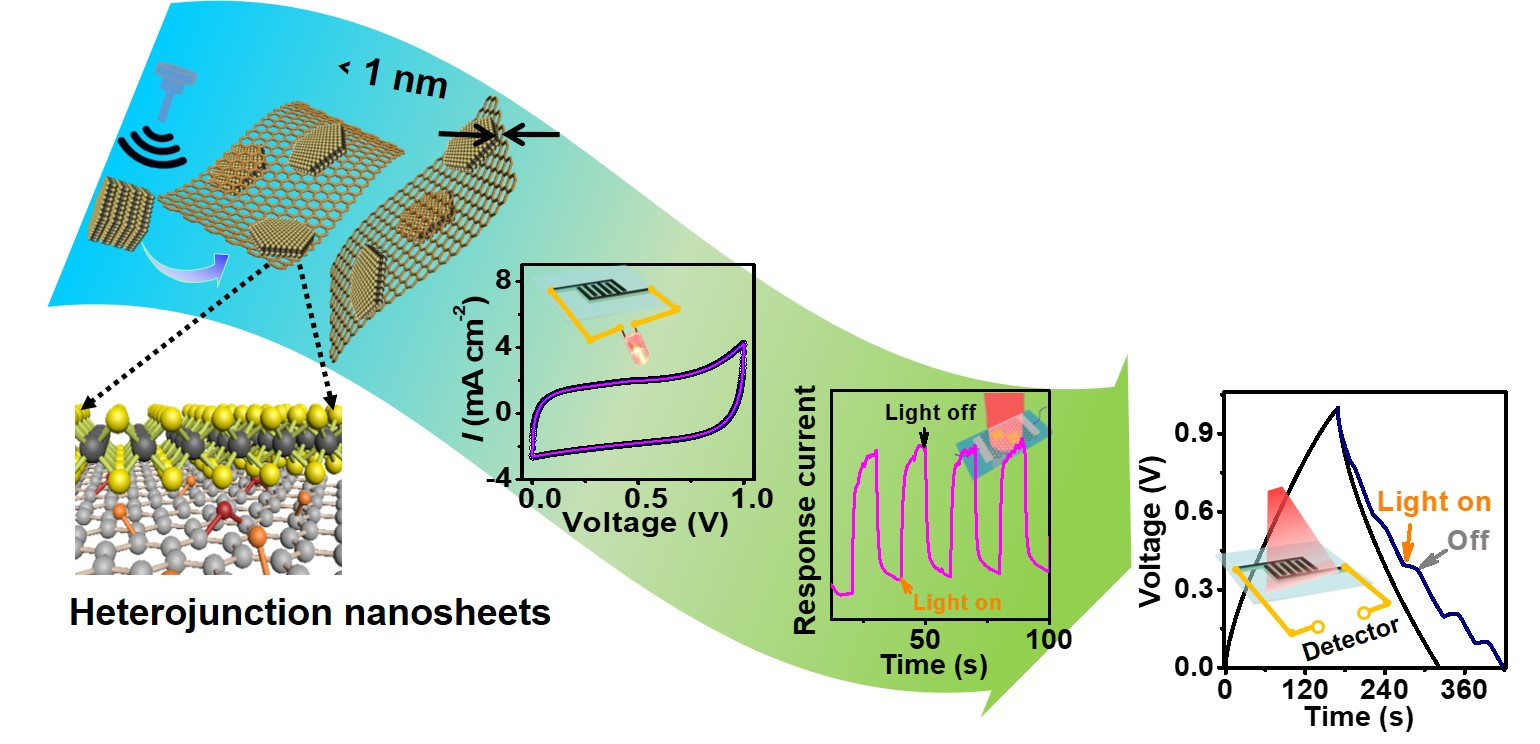发新帖
作者最近主题:
- 青岛推出更优“政策包”集聚博士后人才
- 融合多模态感知与致动功能的人造肌肉的仿生构建
- 海水能源离子的特异性筛分与富集
- 吉林大学汪大洋教授《德国应化》:阴离子水合作用新发现!可用于制备自清洁涂层_新闻_新材料在线
- “接地气”的仿生研究!MIT发明新型防滑鞋底,登上《Nature》子刊!_新闻_新材料在线
- 北京化工大学于中振团队《ACS NANO》:多尺度设计具有超高屏蔽效能的多功能透明导电材料!_新闻_新材料在线
- 《ACS Nano》:高度多孔、强韧的各向异性纤维素气凝胶_新闻_新材料在线
- 《Science》之后再发《AM》:粘附材料新体系——离子弹性体结的低压可逆电粘附!_新闻_新材料在线
- Energy Harvesting Using Liquid Metals
- Light-powered soft robots could suck up oil spills

